Any farmer will be able to recall a time when they had a sick animal with pneumonia, mastitis or infectious lameness where they administered antibiotics, the infection was cured and the animal recovered. It is the same for ourselves - if you had a severe chest or skin infection, your doctor would perhaps prescribe a course of antibiotics.
Antibiotics work by either killing the bacteria, or stopping its growth. In ourselves, our animals and our environment there are billions of bacteria.
These bacteria will double every 20 minutes, which means populations can grow rapidly, and this goes for good and bad bacteria.
We must focus on reducing our use of antibiotics in farm animals
Bacteria have been on this planet since before the dinosaurs. Darwin said it is about survival of the fittest, and these bacteria have a serious capacity for survival.
This is true for the good, the bad and the deadly bacteria. The discovery of antibiotics, has revolutionised public and animal health.
With an ever-increasing demand for food and more intensive farming, the use of antibiotics has increased.
We must focus on reducing our use of antibiotics in farm animals, whilst also increasing efficient food production as world demand increases.
Reducing our use of antibiotics is something we must do, but the good news is we can do it.
Reducing the quantity of antibiotics being used in the both the human and animal health sector is essential to address the threat of AMR.
Every single time we use antibiotics we are promoting the development of resistant bacteria. Bacteria want to survive, so each time we use antibiotics some of the bacteria develop resistance to the antibiotic in order to survive.
Bacteria also have DNA. This contains information on their makeup and also how they survive
Bacteria are clever, and have developed numerous mechanisms to avoid being killed by antibiotics.
First, we must understand how bacteria become resistant to antibiotics. Inside every cell there is DNA.
This is a blueprint for the cells and the organism - it is what makes us all unique.
Bacteria also have DNA. This contains information on their makeup and also how they survive. Antibiotics destroy bacteria or stop it replicating or growing.
Bacteria that become resistant, usually do so by using by one of three mechanisms:
They change their DNA to avoid antibiotics and not be susceptible to being killed.They produce enzymes that destroy the antibiotic.They create tiny pumps which pump out the antibiotic from the cell, not allowing them to work.Bacteria that use any of these mechanisms to survive have adapted by becoming resistant, and will not be killed by the antibiotic used.
When this bacteria doubles and grows, the population of resistant bacteria increases, whether that is in the environment, ourselves, or the animals.
Antibiotic resistance spreads as bacteria themselves move from place to place via human contact, for example, through coughing, or contact with unwashed hands, as well as animal contact, contaminated materials and in water, food and the wind.
Antibiotic resistance spreads as bacteria themselves move from place to place via human contact
Bacteria that use any of these mechanisms to survive have adapted by becoming resistant, and will not be killed by the antibiotic used.
When this bacteria doubles and grows, the population of resistant bacteria increases, whether that is in the environment, ourselves, or the animals.
Antibiotic resistance spreads as bacteria themselves move from place to place via human contact, for example, through coughing, or contact with unwashed hands, as well as animal contact, contaminated materials and in water, food and the wind.
Improving animal health will clearly reduce the need to use antibiotics in the first place, but there will always be sick animals that need treatment using antibiotics. Therefore using as little antibiotics as possible, and only when absolutely necessary is really important to stop the development and spread of AMR.
As we approach weaning time on suckler farms, we need to look at pneumonia control
Reducing the quantity of antibiotics being used in the both the human and animal health sector is key to addressing the challenge of AMR.
As we approach weaning time on suckler farms, we need to look at pneumonia control. In most flocks and herds, parasite management becomes a key priority at this time of year.
Farmers often question what the best vaccine for pneumonia is, or what dose should be used on weanlings.
These questions can be better answered when we start applying some science. With dosing, this often means some faecal egg counts as part of a risk assessment.
We can’t manage what we don’t measure
There are a wide range of vaccine options for farmers around pneumonia control, but this sometimes adds to the confusion.
Picking the right vaccine is part of the equation, but so is timing it correctly, and delivering it in the proper way is also very important.
Most vaccines will cover either viruses or both viruses and bacteria.
It makes sense for farmers to have some idea of the challenges or viruses that might be circulating in their herds
They stimulate the immune system of the animal, so when it comes to time for a risk or challenge, such as weaning or housing, the animal can fight the infection better.
I always think it makes sense for farmers to have some idea of the challenges or viruses that might be circulating in their herds when they are picking out vaccines. So the question is - what test can give us the best results, or give us some idea about what might be happening on beef farms? This is where blood tests or young stock screens make sense to me.
Young stock screens
I regularly deployed these on farms with good results, testing for five to six viruses in a group of young animals between six to twelve months old.
They need to be based on the farm where they have had potential exposure to the disease.
There is a cost to these tests to cover getting the vet out, taking the bloods and then interpreting the results.
One case of moderate pneumonia can cost a beef farmer €150 to €200
Each blood test can cost around €4 to €5. Meaning five animals tested for four respiratory agents could leave you with a bill of €100 for the tests alone.
After spending in the region of €200, you could have a risk profile for some of the viral diseases that may be on your farm.
We can then use this to help decide which vaccines will help us reduce the risk of pneumonia.
One case of moderate pneumonia can cost a beef farmer €150 to €200 from lost performance and treatment costs.
No testing is perfect, but young stock screens and good clinical judgement are a proactive way of tackling pneumonia and vaccination decision making.
Any farmer will be able to recall a time when they had a sick animal with pneumonia, mastitis or infectious lameness where they administered antibiotics, the infection was cured and the animal recovered. It is the same for ourselves - if you had a severe chest or skin infection, your doctor would perhaps prescribe a course of antibiotics.
Antibiotics work by either killing the bacteria, or stopping its growth. In ourselves, our animals and our environment there are billions of bacteria.
These bacteria will double every 20 minutes, which means populations can grow rapidly, and this goes for good and bad bacteria.
We must focus on reducing our use of antibiotics in farm animals
Bacteria have been on this planet since before the dinosaurs. Darwin said it is about survival of the fittest, and these bacteria have a serious capacity for survival.
This is true for the good, the bad and the deadly bacteria. The discovery of antibiotics, has revolutionised public and animal health.
With an ever-increasing demand for food and more intensive farming, the use of antibiotics has increased.
We must focus on reducing our use of antibiotics in farm animals, whilst also increasing efficient food production as world demand increases.
Reducing our use of antibiotics is something we must do, but the good news is we can do it.
Reducing the quantity of antibiotics being used in the both the human and animal health sector is essential to address the threat of AMR.
Every single time we use antibiotics we are promoting the development of resistant bacteria. Bacteria want to survive, so each time we use antibiotics some of the bacteria develop resistance to the antibiotic in order to survive.
Bacteria also have DNA. This contains information on their makeup and also how they survive
Bacteria are clever, and have developed numerous mechanisms to avoid being killed by antibiotics.
First, we must understand how bacteria become resistant to antibiotics. Inside every cell there is DNA.
This is a blueprint for the cells and the organism - it is what makes us all unique.
Bacteria also have DNA. This contains information on their makeup and also how they survive. Antibiotics destroy bacteria or stop it replicating or growing.
Bacteria that become resistant, usually do so by using by one of three mechanisms:
They change their DNA to avoid antibiotics and not be susceptible to being killed.They produce enzymes that destroy the antibiotic.They create tiny pumps which pump out the antibiotic from the cell, not allowing them to work.Bacteria that use any of these mechanisms to survive have adapted by becoming resistant, and will not be killed by the antibiotic used.
When this bacteria doubles and grows, the population of resistant bacteria increases, whether that is in the environment, ourselves, or the animals.
Antibiotic resistance spreads as bacteria themselves move from place to place via human contact, for example, through coughing, or contact with unwashed hands, as well as animal contact, contaminated materials and in water, food and the wind.
Antibiotic resistance spreads as bacteria themselves move from place to place via human contact
Bacteria that use any of these mechanisms to survive have adapted by becoming resistant, and will not be killed by the antibiotic used.
When this bacteria doubles and grows, the population of resistant bacteria increases, whether that is in the environment, ourselves, or the animals.
Antibiotic resistance spreads as bacteria themselves move from place to place via human contact, for example, through coughing, or contact with unwashed hands, as well as animal contact, contaminated materials and in water, food and the wind.
Improving animal health will clearly reduce the need to use antibiotics in the first place, but there will always be sick animals that need treatment using antibiotics. Therefore using as little antibiotics as possible, and only when absolutely necessary is really important to stop the development and spread of AMR.
As we approach weaning time on suckler farms, we need to look at pneumonia control
Reducing the quantity of antibiotics being used in the both the human and animal health sector is key to addressing the challenge of AMR.
As we approach weaning time on suckler farms, we need to look at pneumonia control. In most flocks and herds, parasite management becomes a key priority at this time of year.
Farmers often question what the best vaccine for pneumonia is, or what dose should be used on weanlings.
These questions can be better answered when we start applying some science. With dosing, this often means some faecal egg counts as part of a risk assessment.
We can’t manage what we don’t measure
There are a wide range of vaccine options for farmers around pneumonia control, but this sometimes adds to the confusion.
Picking the right vaccine is part of the equation, but so is timing it correctly, and delivering it in the proper way is also very important.
Most vaccines will cover either viruses or both viruses and bacteria.
It makes sense for farmers to have some idea of the challenges or viruses that might be circulating in their herds
They stimulate the immune system of the animal, so when it comes to time for a risk or challenge, such as weaning or housing, the animal can fight the infection better.
I always think it makes sense for farmers to have some idea of the challenges or viruses that might be circulating in their herds when they are picking out vaccines. So the question is - what test can give us the best results, or give us some idea about what might be happening on beef farms? This is where blood tests or young stock screens make sense to me.
Young stock screens
I regularly deployed these on farms with good results, testing for five to six viruses in a group of young animals between six to twelve months old.
They need to be based on the farm where they have had potential exposure to the disease.
There is a cost to these tests to cover getting the vet out, taking the bloods and then interpreting the results.
One case of moderate pneumonia can cost a beef farmer €150 to €200
Each blood test can cost around €4 to €5. Meaning five animals tested for four respiratory agents could leave you with a bill of €100 for the tests alone.
After spending in the region of €200, you could have a risk profile for some of the viral diseases that may be on your farm.
We can then use this to help decide which vaccines will help us reduce the risk of pneumonia.
One case of moderate pneumonia can cost a beef farmer €150 to €200 from lost performance and treatment costs.
No testing is perfect, but young stock screens and good clinical judgement are a proactive way of tackling pneumonia and vaccination decision making.




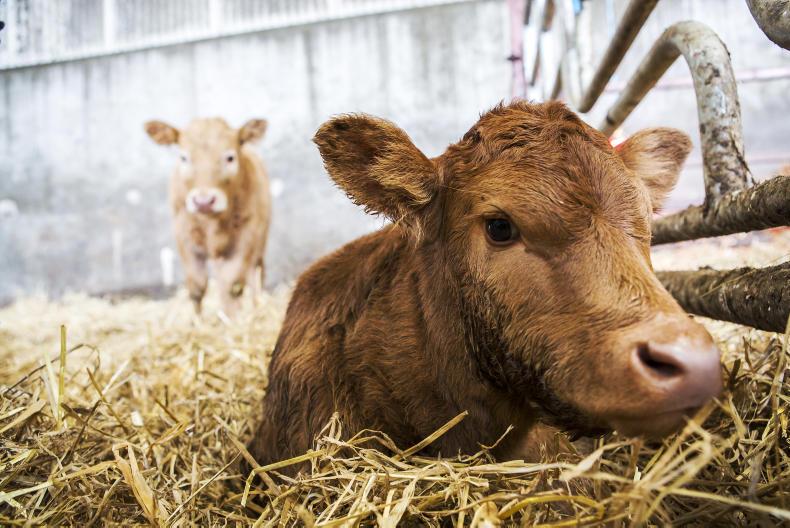
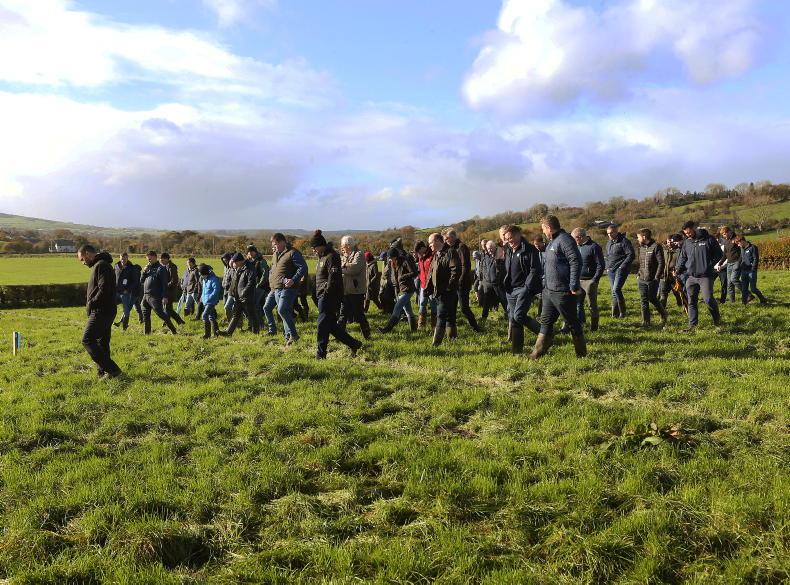
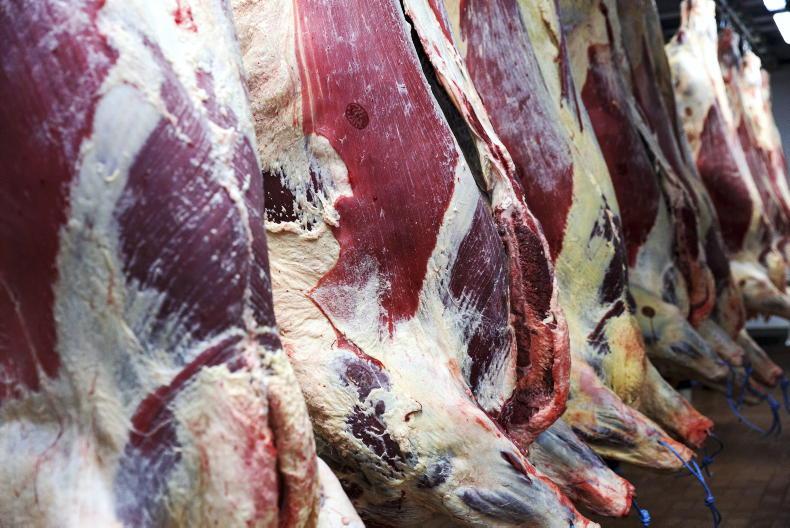
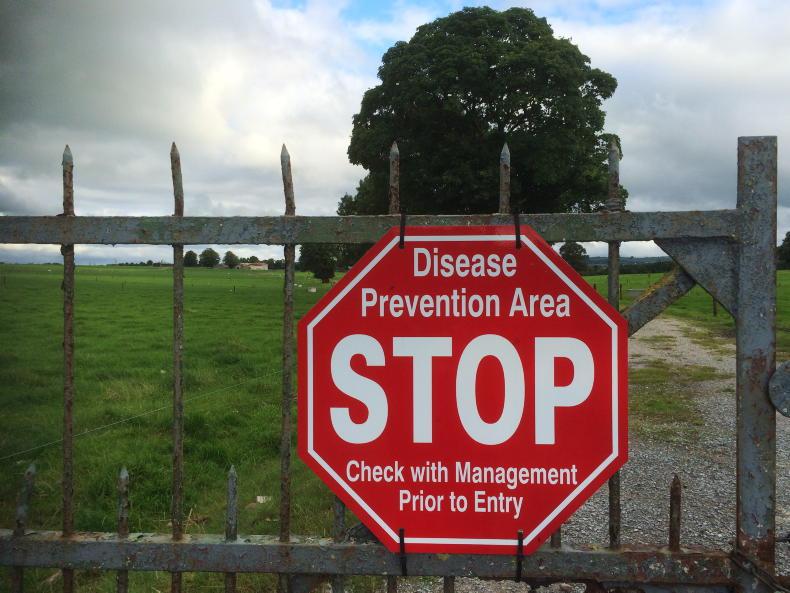
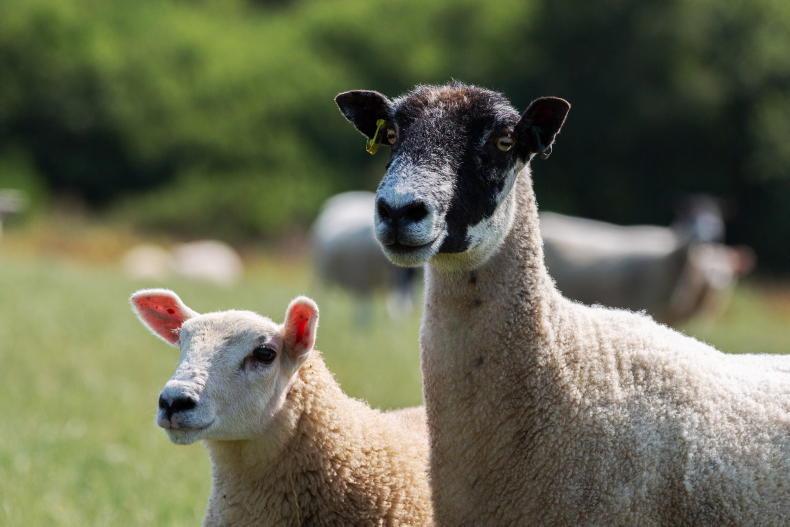
SHARING OPTIONS